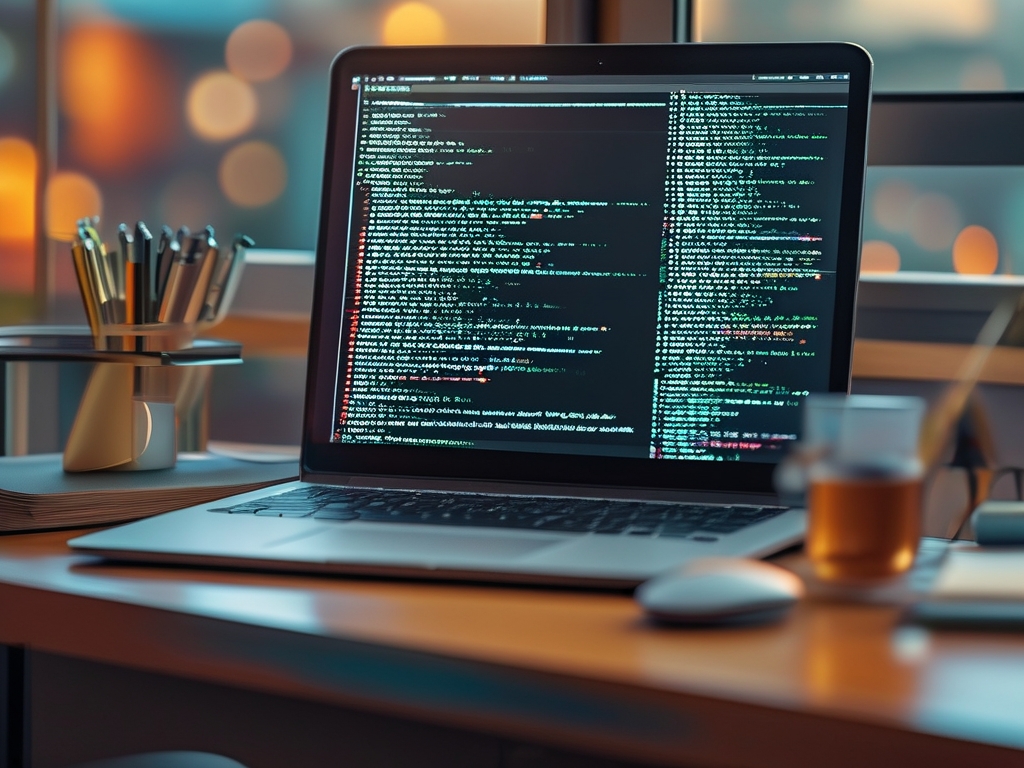In the rapidly evolving field of artificial intelligence and data science, algorithm engineers play a pivotal role in designing, testing, and refining computational models. One of their core responsibilities is experimental analysis, a systematic process to evaluate algorithmic performance, identify bottlenecks, and optimize solutions. This article explores the methodologies, challenges, and best practices in experimental analysis from the perspective of algorithm engineers.

1. The Importance of Experimental Analysis
Experimental analysis is the backbone of algorithmic development. Whether building recommendation systems, computer vision models, or natural language processing pipelines, engineers must rigorously test hypotheses under controlled conditions. Key objectives include:
- Performance Validation: Ensuring algorithms meet accuracy, speed, and scalability benchmarks.
- Bias Detection: Identifying unintended biases in training data or model outputs.
- Resource Optimization: Balancing computational costs (e.g., GPU usage, memory) with performance gains.
For example, when deploying a fraud detection algorithm, engineers might analyze false-positive rates across demographic groups to ensure fairness. Without thorough experimentation, even state-of-the-art models risk failure in real-world scenarios.
2. Methodologies in Algorithmic Experimentation
Algorithm engineers employ diverse experimental frameworks tailored to project goals:
A/B Testing: Widely used in product-centric environments (e.g., social media platforms), this method compares two algorithm versions to measure user engagement or efficiency. For instance, a search engine team might test ranking algorithms by measuring click-through rates.
Cross-Validation: In machine learning, techniques like k-fold cross-validation help assess model generalizability. Engineers split datasets into training and validation subsets, iteratively testing performance to avoid overfitting.
Statistical Hypothesis Testing: Tools like t-tests or ANOVA quantify whether observed differences in metrics (e.g., precision, latency) are statistically significant. This is critical when evaluating incremental improvements.
Simulation Environments: For complex systems like autonomous vehicles, engineers create digital twins to simulate edge cases (e.g., adverse weather conditions) before real-world deployment.
3. Challenges in Experimental Analysis
Despite its importance, experimental analysis presents unique hurdles:
Data Quality and Availability: Real-world data is often noisy, incomplete, or skewed. An algorithm trained on biased medical imaging data, for example, might underperform for underrepresented patient groups.
Reproducibility: Ensuring experiments yield consistent results across different hardware or software environments remains a challenge. Docker containers and version-controlled datasets are increasingly used to address this.
Interpretability vs. Complexity: Modern deep learning models, while powerful, often act as "black boxes." Engineers must balance performance with explainability, especially in regulated industries like healthcare.
Scalability Constraints: Algorithms optimized for small-scale experiments may fail when scaled to millions of users. Load testing and distributed computing frameworks (e.g., Apache Spark) are essential for stress-testing systems.
4. Best Practices for Effective Experimentation
To mitigate these challenges, seasoned algorithm engineers adhere to several principles:
Define Clear Metrics Early: Establish quantifiable success criteria (e.g., "reduce inference time by 20%") before designing experiments.
Automate Workflows: Tools like MLflow or Kubeflow streamline experiment tracking, hyperparameter tuning, and result logging, reducing human error.
Prioritize Ethical Considerations: Proactively audit algorithms for biases using frameworks like IBM’s AI Fairness 360. Document ethical trade-offs transparently.
Collaborate Across Teams: Experimental analysis often requires input from data engineers, domain experts, and product managers. For instance, a healthcare algorithm’s clinical relevance depends on close collaboration with medical professionals.
Iterate Rapidly: Adopt agile methodologies to test hypotheses in small, iterative cycles. Techniques like Bayesian optimization accelerate hyperparameter search.
5. Case Study: Optimizing a Recommendation System
Consider a streaming platform aiming to improve its recommendation engine. The algorithm engineering team might:
- Formulate Hypotheses: "Incorporating user watch-time data will increase content engagement."
- Design Experiments: Run A/B tests comparing the existing model (Control Group A) with a modified version (Test Group B).
- Analyze Results: Use statistical tests to confirm whether Group B’s 15% higher click-through rate is significant.
- Address Edge Cases: Investigate why the new model underperforms for users over age 60, adjusting training data accordingly.
- Deploy and Monitor: Roll out the updated algorithm incrementally while monitoring server load and user feedback.
This iterative process highlights how experimental analysis bridges theoretical models and practical implementation.
6. The Future of Algorithmic Experimentation
Emerging trends are reshaping experimental workflows:
- AutoML: Automated machine learning tools democratize experimentation but require engineers to focus on higher-level design and ethics.
- Federated Learning: Decentralized experimentation across devices (e.g., smartphones) preserves privacy but complicates data aggregation.
- Explainable AI (XAI): Frameworks like LIME or SHAP help engineers interpret complex model decisions during testing.
Experimental analysis is both an art and a science for algorithm engineers. By combining rigorous methodologies, cross-disciplinary collaboration, and ethical awareness, they turn abstract algorithms into robust, real-world solutions. As AI systems grow more pervasive, the ability to conduct transparent, reproducible experiments will remain a cornerstone of responsible innovation. Engineers must continually adapt to new tools and challenges, ensuring their work not only advances technology but also serves society equitably.

